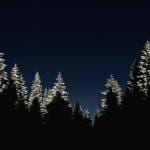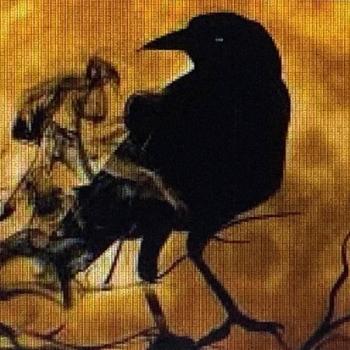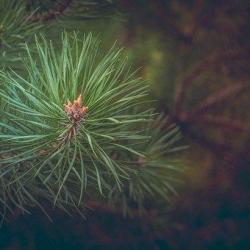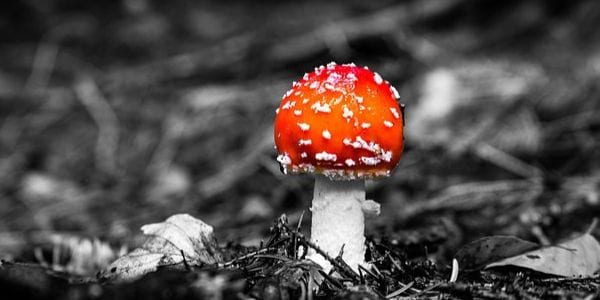
As most of you are probably aware many of the traditions, symbolism, food and drink, or even plants and trees of the season have roots in pagan celebrations. But are you aware of the roll this magickal little mushroom plays in winter folklore?
Well! Sit you down by the hearth fire, have a warm, and I will tell the tale of Shrooms, and the Shaman…
Amanita muscaria or better known to most as Fly agaric, is a genus of mushroom native to temperate regions of Europe and North America. Fly agaric is one of the most widespread mushrooms of the world, ranging wildly from edible to deadly poisonous. Known for it’s hallucinogenic properties and compounds of ibotenic acid and muscimol which are utilized as an intoxicant and entheogen by the shamans of Siberia. These shaman foraged the mushrooms, and hung them on pine trees to dry. Drying the mushroom before consumption reduces toxicity, rendering a more pleasant and transformative experience.
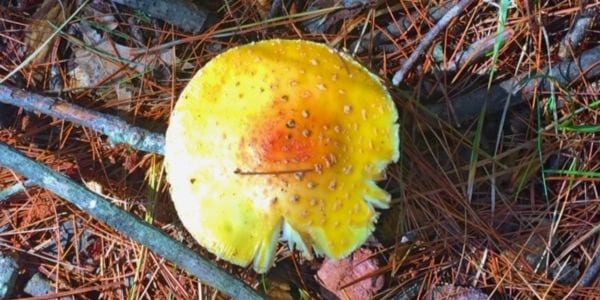
Fly agaric is considered to be a symbol of luck, which is why you can often see them illustrated with four leaf clovers, or a horse shoe. These mushrooms where foraged by the shaman in late summer, and then dried to be shared and consumed within the winter months. To still have remaining dried Fly agaric by the end of the year was considered to be a lucky year. The shaman would dress in ritual cloaks of red and white when foraging the mushrooms, and after drying would consume them for flight to the mystical realms, to perform healing rituals, and to give access to the spirit world. They believed these little mushrooms to be problem solvers, and relied on them for guidance into the New Year.
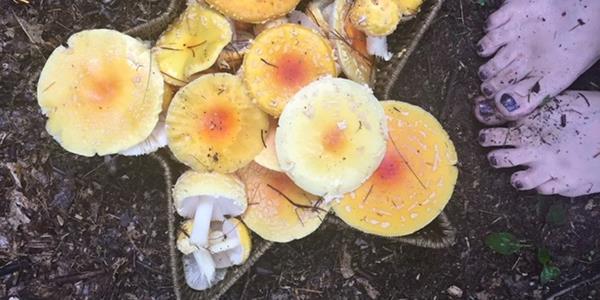
Fly agaric was not only used by the shaman of Siberia during the winter season, but by the common folk as well. Siberian tribesman using the mushroom as libations, similar to drinking alcohol during their winter celebrations. Consuming lower doses of this mushroom brought about sensations of warmth and increased energy, used possibly to bring about a sense of warmer days, and brightening spirits during the long winter nights…
So although not a plant of winter per say, fly agaric is definitely a part of the winter season. Happy New Year!



